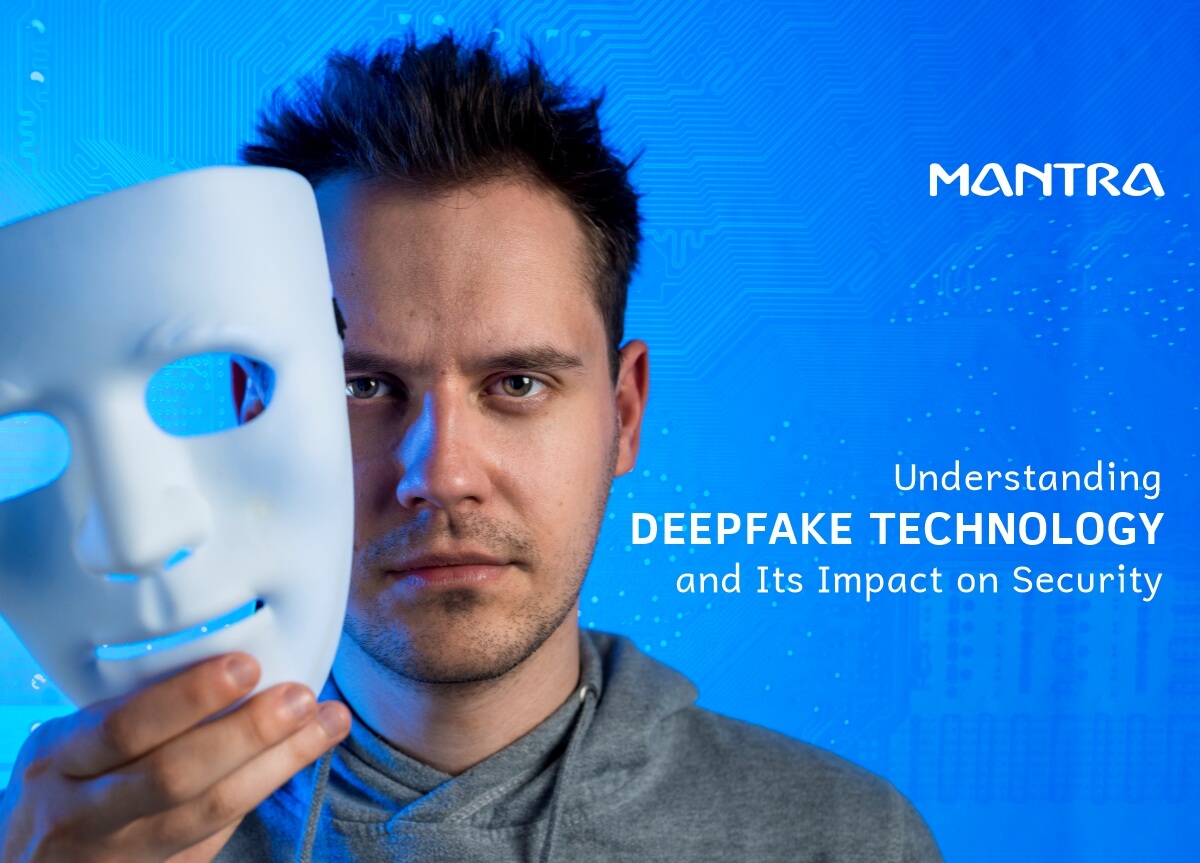
In the digital era, a new technological phenomenon known as deepfakes is gaining attention across social media platforms. These deepfake creations range from amusing to alarming, involving manipulated images or videos of political figures, celebrities, or historical personalities. Understanding how deepfakes are created, their security implications, and their potential impact on individual security is crucial.
What is Deepfake Technology?
The term "deepfake" merges "deep learning" with "fake." A deepfake typically involves altering a video or image to replace one person's likeness with another. This manipulation is achieved through Machine Learning (ML) and Artificial Intelligence (AI), creating a convincing yet false representation of reality.
Deepfake Apps and Software
Deepfakes are not mere products of traditional video editing but are generated through complex algorithms that blend original and newly manufactured content. These algorithms are sophisticated, understanding and mapping facial features from one person to another. They maintain the original video’s style while introducing convincing manipulations. An intriguing aspect of these algorithms is their self-improving capability, where one component generates fake data while another detects and corrects it, enhancing the overall output.
Potential Risks and Concerns
Deepfakes pose various risks, from spreading misinformation on social media to compromising biometric security systems. Synthetic videos may provoke harmful actions or erode trust in authentic media. Privacy and security experts express concern over deepfakes being used to circumvent biometric authentication or spread false information.
Morphs, Presentation Attacks, and Other Threats
Beyond deepfakes, morphs present another security challenge. These are composite images blending multiple faces, potentially deceiving facial recognition systems and facilitating unauthorized access or fraudulent document creation. Despite these risks, deepfake technology and similar machine learning applications also offer beneficial possibilities, such as enhancing virtual reality, improving voice search, and aiding self-driving cars in environmental recognition.
The Bright Side of the Technology
For the average person, the likelihood of being targeted by deepfakes is lower due to the extensive data required to create convincing fakes. Furthermore, advanced biometric systems employ liveness detection to differentiate between real people and synthetic representations, effectively countering deepfakes, morphs, and other spoofing attempts.
In conclusion, while deepfake technology presents unique challenges in enterprise security and personal privacy, it also brings potential benefits and advancements in various fields. Understanding and navigating this technology is essential for maintaining security and privacy in the digital age.
Comments